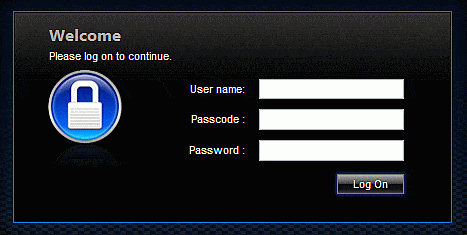Recent exploits of the critical 9.8 vulnerability in unpatched NetScaler Gateways, as delineated by CVE-2023-3519, have spotlighted a pressing concern in the realm of cybersecurity. Threat actors are actively leveraging this vulnerability to embed malicious scripts, aiming to capture user credentials. While the urgency to patch is undeniable, there’s another layer of defense organizations can employ: microsegmentation.
What is Microsegmentation?
Microsegmentation is the practice of breaking down a network into smaller, isolated segments or zones. Each zone operates independently, limiting communication to only what is explicitly permitted. This ensures that even if a threat actor penetrates one segment, they won’t have free rein over the entire network.
Why is Microsegmentation Relevant to the NetScaler Vulnerability?
When we delve into the CISA’s advisory regarding the CVE-2023-3519 exploit, one observation stands out: network segmentation controls successfully thwarted the threat actor’s attempts to move laterally to a domain controller after exploiting the vulnerability. This incident underscores the potency of microsegmentation as a defense mechanism. Here’s how:
- Limited Lateral Movement: Even if attackers exploit a vulnerability, their access remains restricted to that particular segment. This hinders their ability to traverse across the network, accessing sensitive information or causing widespread damage.
- Containment of Threats: By containing potential threats within isolated zones, organizations can significantly reduce the scope of a potential breach. This means that even if one segment gets compromised, the damage doesn’t cascade throughout the network.
- Fine-grained Control: Microsegmentation provides granular control over network traffic. Admins can configure policies that define which segments can communicate with each other, and under what conditions. This level of precision can be invaluable in safeguarding against unauthorized access.
Microsegmentation in Action: Addressing the Vulnerability
For organizations that utilize NetScaler Gateways, implementing microsegmentation could translate to the following actions:
- Isolate NetScaler Gateways: Ensure that the NetScaler Gateways are within their own isolated segment. This ensures that even if they’re exploited, the threat remains confined.
- Restrict Communication: Only allow necessary communication between the NetScaler Gateway segment and other critical segments. Any attempt by threat actors to access unauthorized areas would be instantly blocked.
- Monitor Inter-Segment Traffic: Keep an eye on the traffic moving between segments. Unusual patterns or unexpected traffic spikes could indicate a breach, allowing for quicker incident response.
- Tighten Access Controls: Beyond segmenting the network, ensure that only authorized personnel have access to the NetScaler Gateway segment. Implementing role-based access controls can be particularly effective here.
Beyond the Vulnerability: A Broader Security Posture
The focus on the NetScaler vulnerability underscores a broader concern: the increasing emphasis by cybercriminals on obtaining user credentials. As credentials become a coveted asset, the principles of microsegmentation can be applied even more broadly.
Organizations should consider segmenting their networks based not just on applications or devices, but also on user roles or data sensitivity levels. By doing so, even if an attacker gains a set of credentials, their access remains limited to the segment associated with those credentials.
While patching vulnerabilities remains a top priority, a multi-layered defense strategy is essential. Microsegmentation offers a robust and proactive layer of security, helping organizations fend off potential exploits and safeguard their assets. As cyber threats continue to evolve, embracing such advanced security measures can make the difference between a contained incident and a full-blown breach.
Connect with us about how Enclave can be deployed to address this vulnerability.



